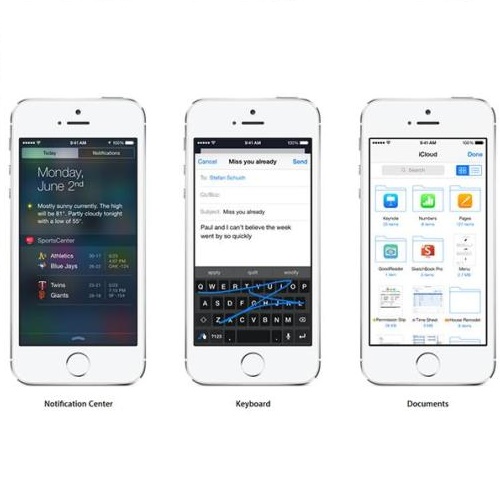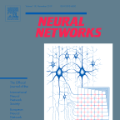Many physical processes such as weather phenomena or fluid mechanics are governed by partial differential equations (PDEs). Modelling such dynamical systems using Neural Networks is an active research field. However, current methods are still very limited, as they do not exploit the knowledge about the dynamical nature of the system, require extensive prior knowledge about the governing equations or are limited to linear or first-order equations. In this work we make the observation that the Method of Lines used to solve PDEs can be represented using convolutions which makes convolutional neural networks (CNNs) the natural choice to parametrize arbitrary PDE dynamics. We combine this parametrization with differentiable ODE solvers to form the NeuralPDE Model, which explicitly takes into account the fact that the data is governed by differential equations. We show in several experiments on toy and real-world data that our model consistently outperforms state-of-the-art models used to learn dynamical systems.
翻译:许多物理过程,如天气现象或流体力学等,都受部分差异方程式(PDEs)的制约。使用神经网络模拟这种动态系统是一个积极的研究领域。然而,目前的方法仍然非常有限,因为它们没有利用关于系统动态性质的知识,要求事先对管理方程式有广泛的知识,或限于线性或一级方程。在这项工作中,我们观察到,用于解决PDE的线方法可以用进化法来代表,使进化神经网络(CNNs)成为对任意的PDE动态的自然选择。我们把这种对等化与不同的ODE解算器结合起来,形成NeuralPDE模型,该模型明确考虑到数据受差异方程式制约的事实。我们在若干关于玩具和现实世界数据的实验中显示,我们的模型始终比用于学习动态系统的状态和艺术模型更形。





